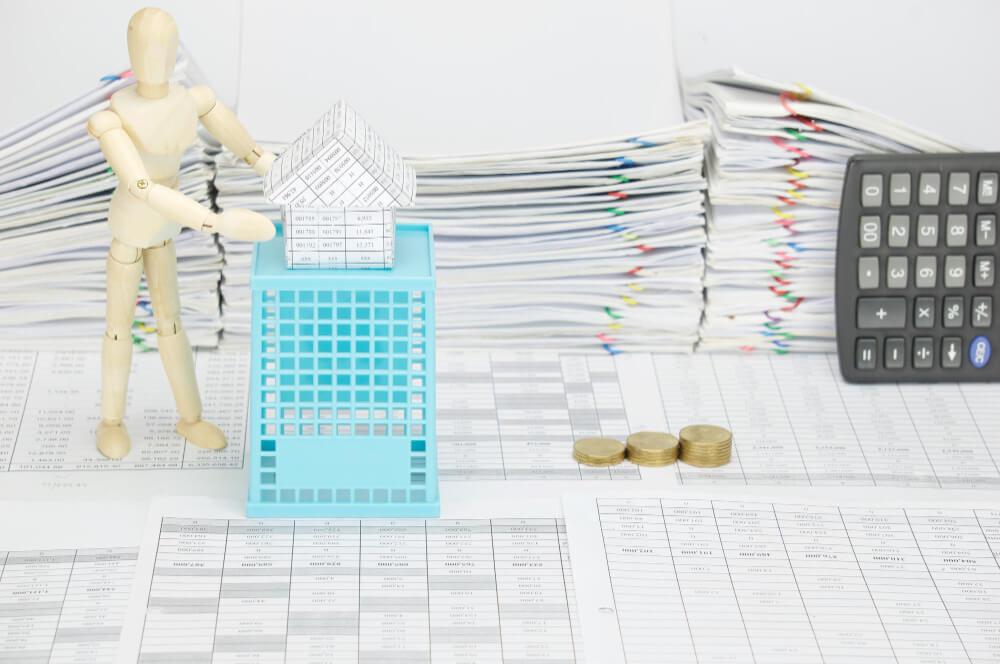Why the General Ledger Is the Backbone of Your Finances

When it comes to understanding your business’s financial health, everything traces back to one essential component: the general ledger. Often overlooked by business owners who rely on summary reports like the Profit & Loss Statement or Balance Sheet, the general ledger (GL) is where the real story of your business begins and ends.
In short, your general ledger is the backbone of your finances. Without it, financial reports would be inaccurate, transactions would be untraceable, and audits would be chaotic.
In this article, we’ll explore what the general ledger is, why it’s so important, how it supports your business’s financial ecosystem, and how to use it effectively to maintain accuracy, compliance, and clarity in your books.
What Is a General Ledger?
A general ledger is the master record of all your company’s financial transactions. It contains every debit and credit, categorized by account, such as:
-
Cash
-
Sales revenue
-
Accounts receivable
-
Inventory
-
Operating expenses
-
Loans payable
-
Owner’s equity
Every time you record a transaction—whether it’s a sale, a bill payment, or a bank deposit—it is logged in the general ledger. These entries are grouped under accounts and are used to generate all of your core financial reports.
Why the General Ledger Is So Important
✅ 1. It Powers Your Financial Reports
The Profit and Loss Statement, Balance Sheet, and Cash Flow Statement are all created using data from your general ledger. If the ledger is inaccurate, every report that follows will be, too.
-
P&L Statement pulls income and expenses from the GL.
-
Balance Sheet pulls assets, liabilities, and equity.
-
Cash Flow Statement is derived from changes in balance sheet accounts.
💡 Takeaway: Your financial decisions are only as accurate as the GL behind them.
✅ 2. It Supports Accurate Bookkeeping
Your general ledger ensures that all transactions are accounted for in the correct period, under the correct category, and with proper documentation. It prevents:
-
Double entries
-
Misclassified expenses
-
Missing transactions
-
Reconciliation errors
💡 Example: If you accidentally classify a loan as income, your P&L will look better than it should—but your balance sheet will be wrong. The general ledger catches these issues.
✅ 3. It Makes Audits and Tax Filing Easier
When the IRS or an auditor comes calling, they’ll want to trace figures back to the source. The GL acts as the audit trail. It shows:
-
Dates of transactions
-
Descriptions
-
Accounts affected
-
Debit and credit amounts
-
Balancing entries
💡 Benefit: A clean, well-organized general ledger protects you in the event of an audit and reduces your CPA’s time (and your bill) during tax season.
✅ 4. It Promotes Financial Transparency
Whether you’re preparing for a loan, seeking investors, or simply trying to understand your profitability, a complete and accurate general ledger builds financial credibility.
-
Lenders look at your financial statements, which rely on your GL.
-
Investors want transparency and traceability of expenses and revenue.
-
You need confidence in your reports to make key decisions.
💡 Pro Tip: The general ledger provides a complete view of your financial past—critical for forecasting the future.
How the General Ledger Works: The Double-Entry System
The general ledger uses a double-entry accounting system. Every transaction has:
-
A debit entry (money in or asset increase)
-
A credit entry (money out or liability increase)
Example: If you purchase $1,000 in inventory with cash:
-
Debit: Inventory (asset) +$1,000
-
Credit: Cash (asset) –$1,000
This system keeps your books balanced and accurate.
Key Accounts in the General Ledger
Your GL will include all your core financial accounts, grouped into five main categories:
-
Assets – Cash, accounts receivable, inventory, equipment
-
Liabilities – Accounts payable, loans, credit cards
-
Equity – Owner’s equity, retained earnings
-
Revenue – Product or service income, interest, other earnings
-
Expenses – Rent, payroll, utilities, software, etc.
Each of these may have sub-accounts for more detailed tracking.
Common Problems from Neglecting the General Ledger
Neglecting or mismanaging the GL can lead to:
-
Inaccurate financial reports
-
Over- or under-reporting income
-
Missing tax deductions
-
Difficulty tracking down transactions
-
Confusion during audits or funding rounds
💡 Real-World Example: If your sales figures look inflated, a review of the GL might reveal duplicate entries or misclassified deposits.
Best Practices for Managing Your General Ledger
Here’s how to keep your general ledger organized and reliable:
✅ 1. Use Accounting Software
Cloud-based software like QuickBooks, Xero, or Wave maintains your general ledger automatically in the background.
✅ 2. Reconcile Monthly
Reconcile your bank and credit card statements with your GL monthly to catch discrepancies early.
✅ 3. Assign Accounts Thoughtfully
Set up a clear chart of accounts that reflects your business operations and categorize each transaction accurately.
✅ 4. Keep Documentation
Attach receipts or notes to ledger entries when possible. This makes it easier to audit or explain entries later.
✅ 5. Review Regularly
Don’t wait until tax season. Review your GL monthly or quarterly to ensure everything is accurate and up to date.
How a Bookkeeper Can Help
A professional bookkeeper helps you:
-
Set up your chart of accounts
-
Record daily transactions properly
-
Reconcile accounts
-
Review your GL for accuracy
-
Produce audit-ready financial reports
At TA Bookkeeping, we specialize in helping small businesses build and maintain a clean, reliable general ledger that supports smarter decision-making and smooth tax prep.
Conclusion
Your general ledger is more than a back-end accounting record—it’s the central nervous system of your business finances. It fuels every report, supports every decision, and ensures every dollar is traceable and accounted for.
Whether you’re just starting your business or managing growing operations, understanding and maintaining your general ledger is essential to long-term success.
Need help organizing your general ledger or making sense of your financials? TA Bookkeeping is here to help. Fill out the form below to get started today.
